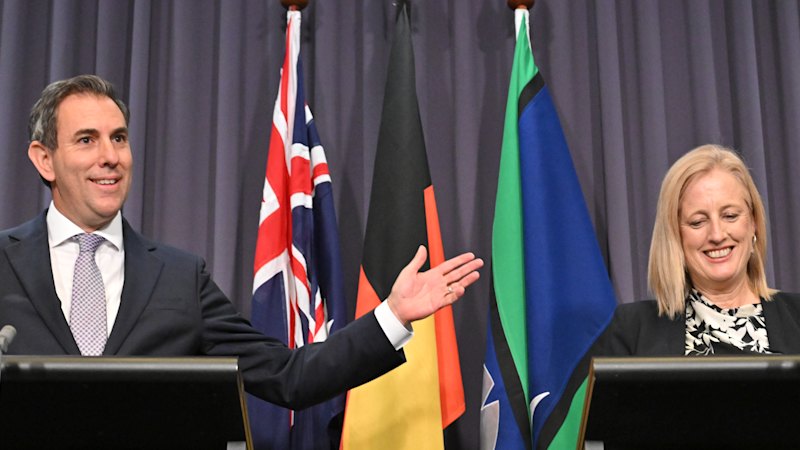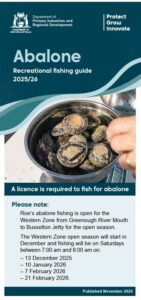
The Albanese government has recorded its first budget deficit, driven by a significant increase in government spending. Treasurer Jim Chalmers reported on Monday that personal income tax collections have surged, but they were insufficient to cover a $54 billion rise in expenditures. The final outcome of the 2024-25 budget revealed that tax revenue from working Australians increased by nearly $12 billion, yet the overall deficit fell just below $10 billion, a marked improvement from earlier projections.
Tax collections from individuals reached a total of $338.3 billion, accounting for over two-thirds of the government’s total income tax revenue for the last financial year. Furthermore, returns from superannuation accounts contributed an additional $6 billion, mainly due to strong performances in equity markets. While tax revenue from businesses also contributed significantly, totaling $138.8 billion, it did see a slight decline compared to expectations.
Chalmers attributed the increased tax revenue to a rise in employment and wage growth, which he noted was a source of pride for the government. He emphasized that this uptick benefits not only the budget but also millions of Australian workers who had faced years of wage stagnation. According to Chalmers, the share of tax revenue relative to the economy has stabilized at 23.7 percent, consistent with levels recorded during the final years of the Howard-Costello government, which enjoyed budget surpluses of $37 billion during that same period.
Looking ahead, the government has committed to modest tax cuts worth $17.1 billion over three years, set to take effect on July 1, 2024. These cuts are expected to provide a maximum relief of $10 per week for taxpayers. When questioned about further tax relief for workers, Chalmers highlighted the government’s ongoing commitment to addressing bracket creep, noting their willingness to implement adjustments as fiscal conditions allow.
A substantial driver of the budget deficit has been the rise in government spending, which increased by 5.5 percent after adjusting for inflation, reaching a record $727 billion. This figure is lower than initial expectations outlined in the budget release. Notably, savings were achieved in various areas, including $800 million less in natural disaster payments due to delays and adjustments, $700 million saved on pharmaceutical expenditures, and $500 million reduction in costs associated with the National Disability Insurance Agency.
Opposition Shadow Treasurer Ted O’Brien criticized the government for what he characterized as a spending spree. He argued that if fiscal discipline had been exercised, the budget could have been in surplus, stating, “Jim Chalmers won the lotto and immediately went on a spending spree.” O’Brien claimed that the government’s significant budget windfall was squandered, leading to the current fiscal challenges.
While total tax revenue exceeded expectations, the government also benefited from an additional $2.2 billion in interest. A notable area of unexpected revenue growth came from visa application fees, which generated a record $4.2 billion in the last financial year. This revenue now surpasses income from excise on spirits and beer, indicating a shift in budgetary dynamics.
Chalmers previously estimated that gross government debt would surpass the $1 trillion mark within the financial year. However, the better-than-anticipated revenue, combined with controlled spending, suggests that the government may avoid this milestone. By the end of the 2024-25 financial year, gross government debt stood at $928.6 billion, which is $11.4 billion lower than earlier estimates.
As the government continues to navigate its fiscal landscape, Chalmers has forecast a deficit of $42.1 billion for the 2025-26 financial year. The ongoing fluctuations in revenue and expenditures will be critical in determining the trajectory of Australia’s budget and economic health in the coming years.







